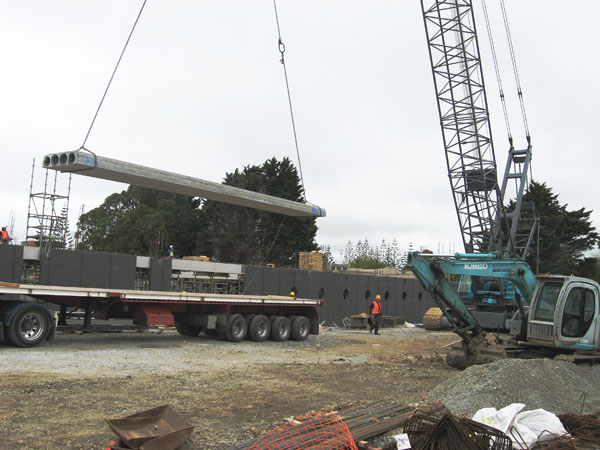New international standard for hand signals on cranes
Date: 07 October 2014

A set of universal hand signals, for adoption wherever lifting operations take place in building or construction, has been published, making those operations safer and more efficient.
WEB EXCLUSIVE
ISO 16715 Cranes – Hand signals used with cranes offers crane operators a basic set of hand signals that can be clearly understood by operators from any one nation working in another. The developing committee’s objective was not to replace unique national signals, but to arrive at a set of uniform signs for projects involving more than one country having its own unique ‘cues’.
Signallers on the ground at building or construction sites use their hands to direct operators of cranes to perform specific actions, including emergency stops. Globalisation of the construction industry has meant that increasing numbers of operators are working in parts of the world where signs are different from the ones they know and use at home.
Take, for example, a building site over which massive tower cranes loom, and lighter but powerful mobile cranes move. These cranes might be operated by companies based in a country or countries other than that in which the site is located. The companies might employ migrant workers who do not speak the local language. More importantly, the workers themselves may not understand hand signals used locally for the safe performance of essential onsite operations.
By adopting the ISO hand signals, building and construction sites anywhere in the world can share a common language.
The new standard can be purchased from the Standards NZ website. Standards.co.nz
Credit: Construction News

